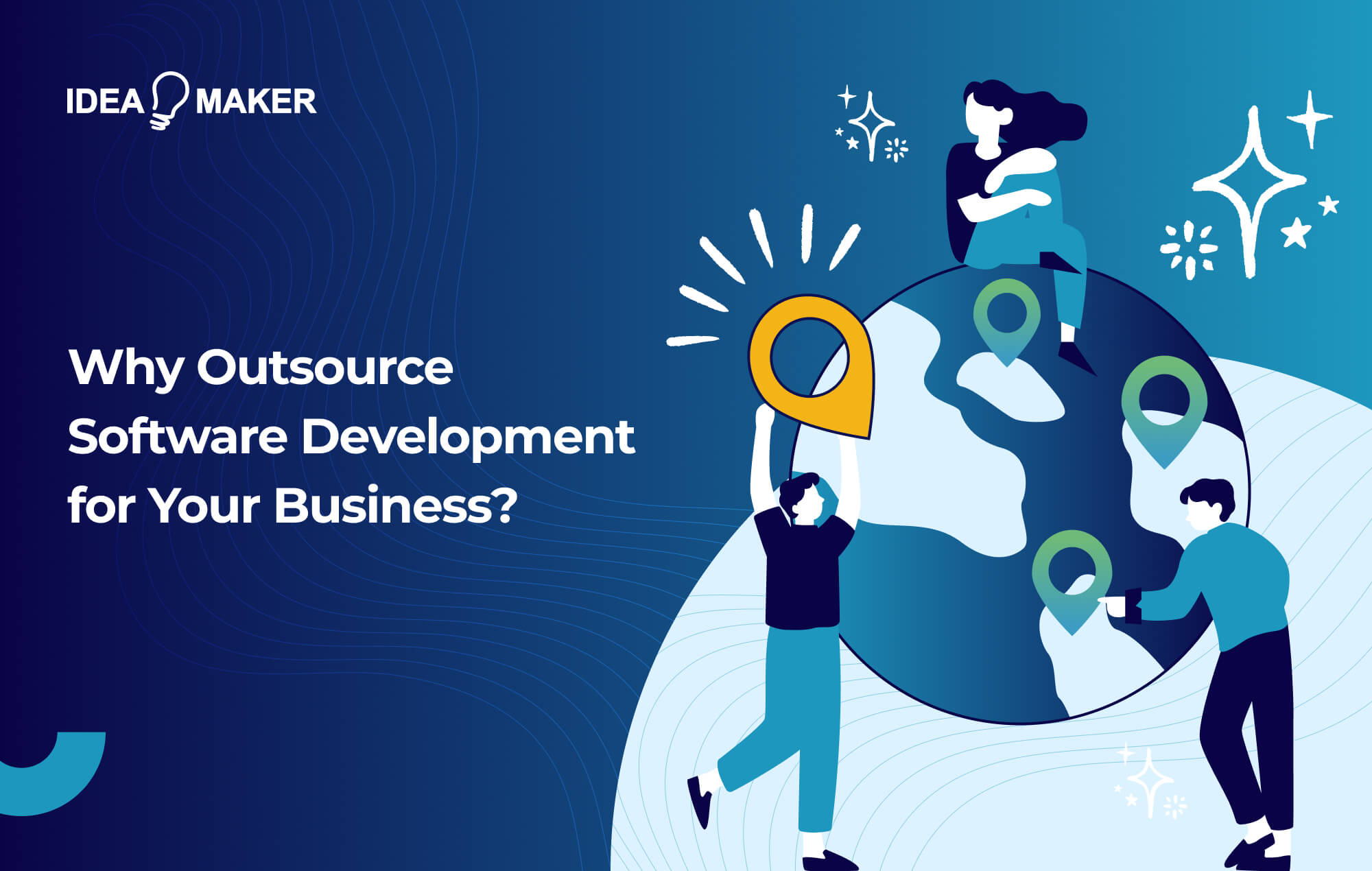
Why Outsource Software Development for Your Business?
2 weeks ago
Orange County Web and Mobile App Development

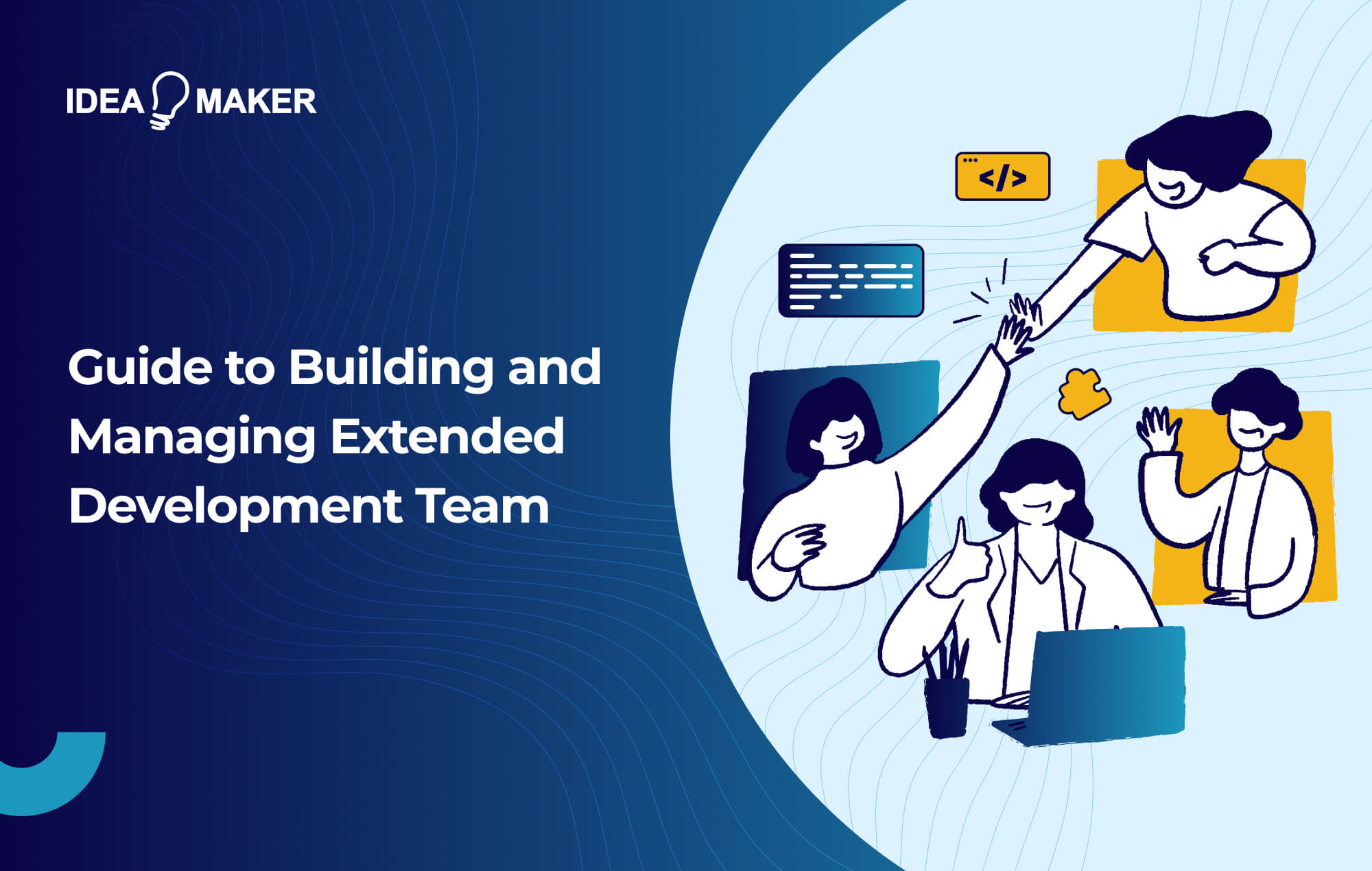
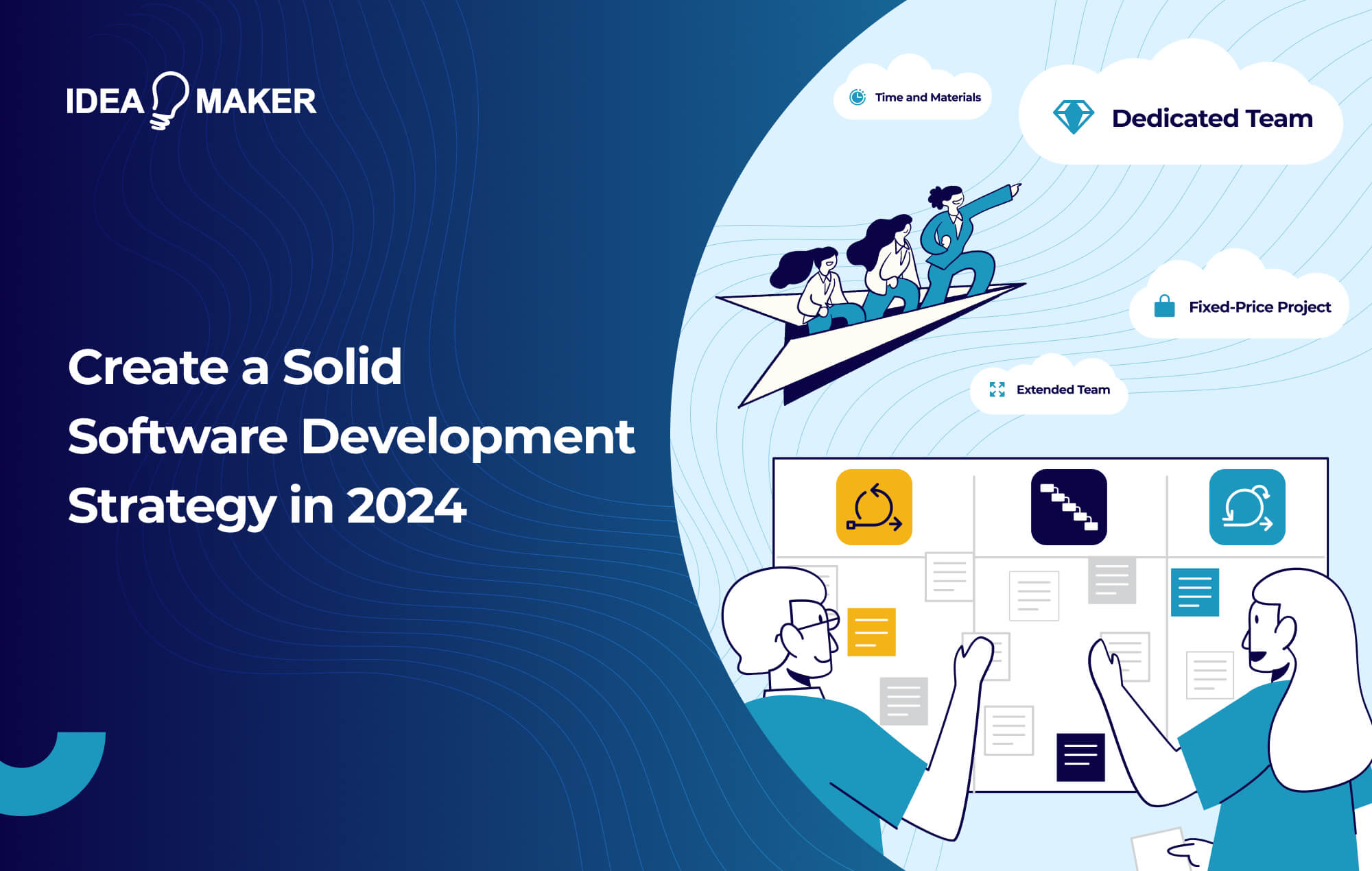
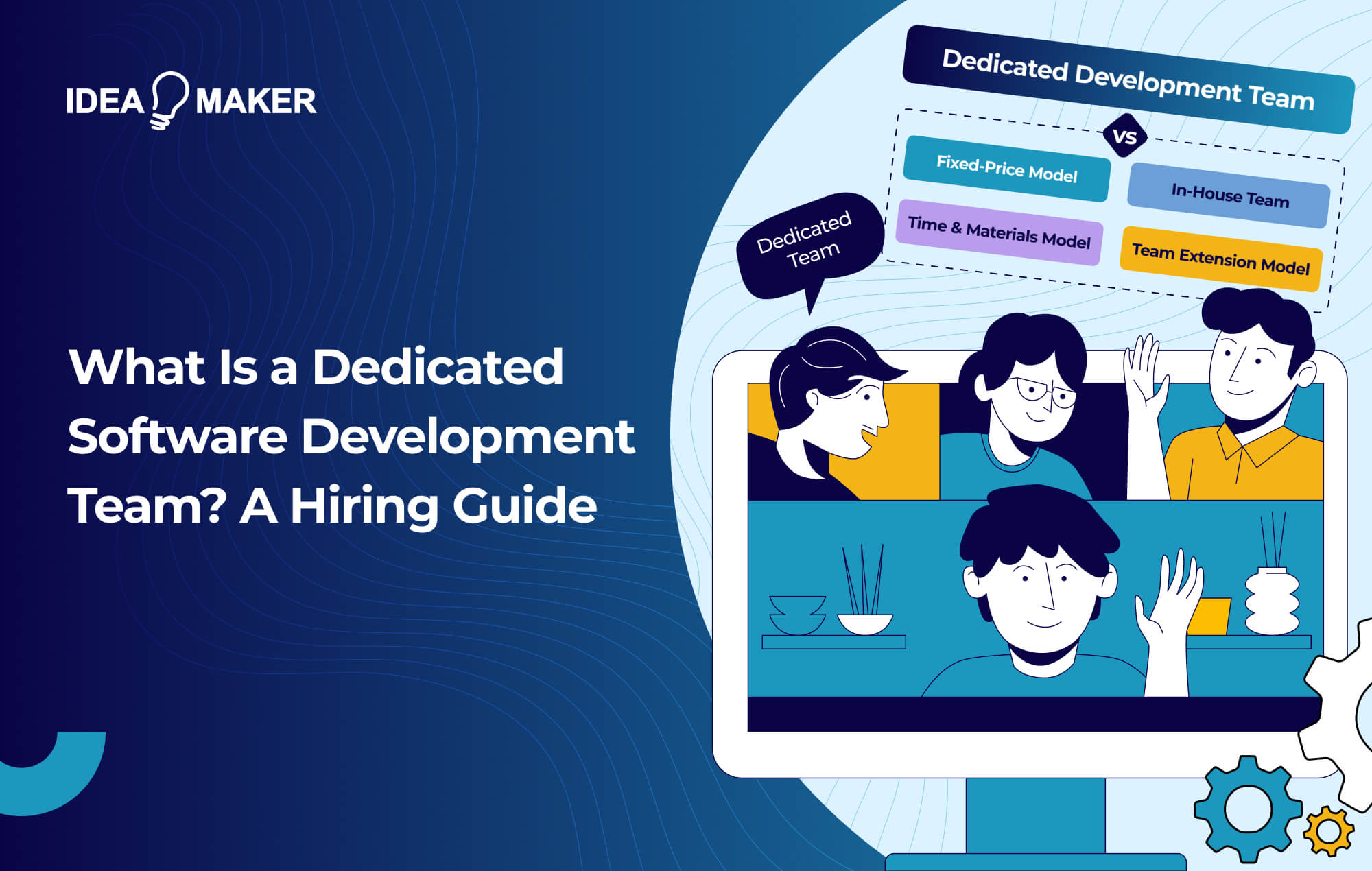
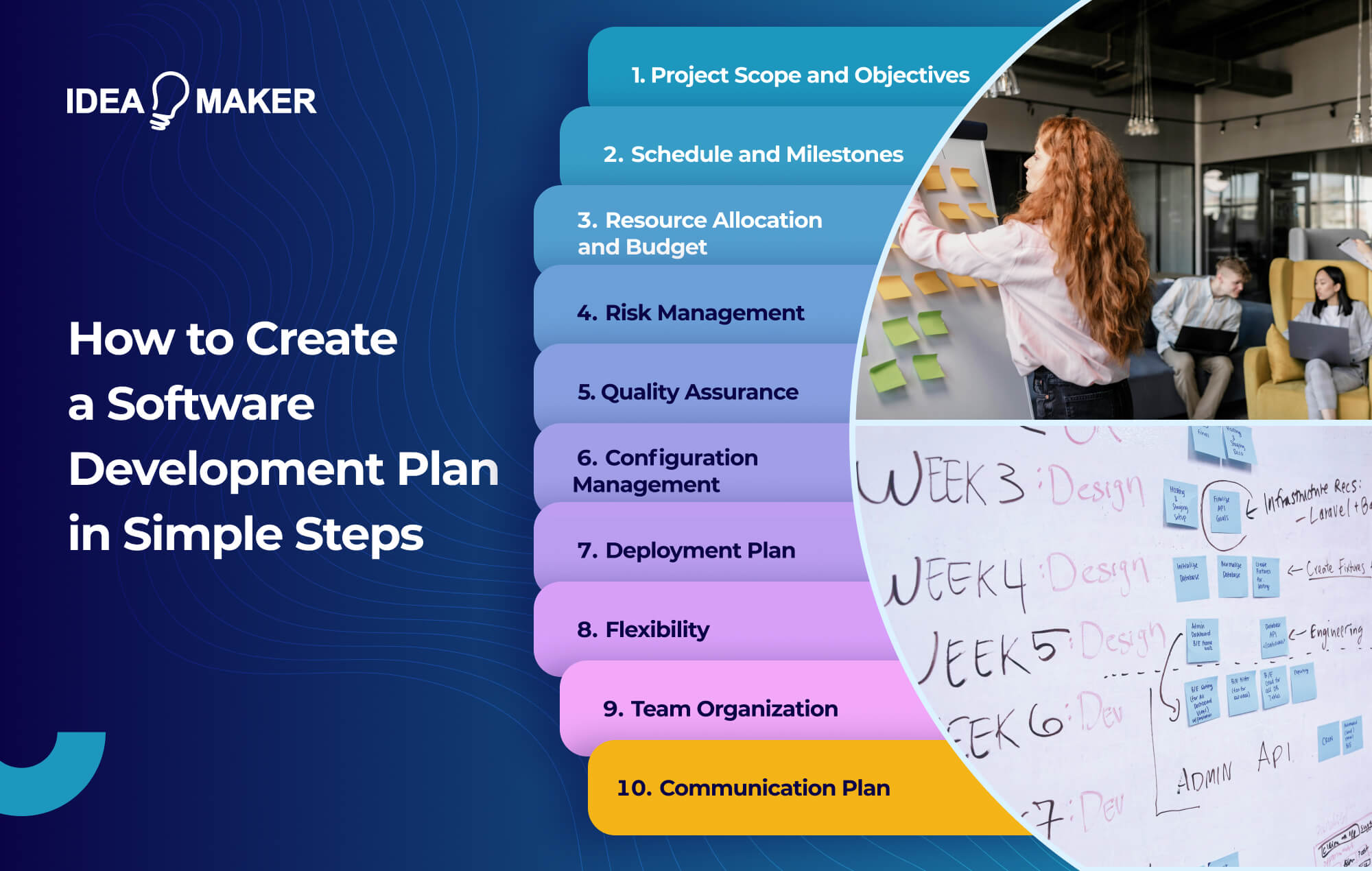
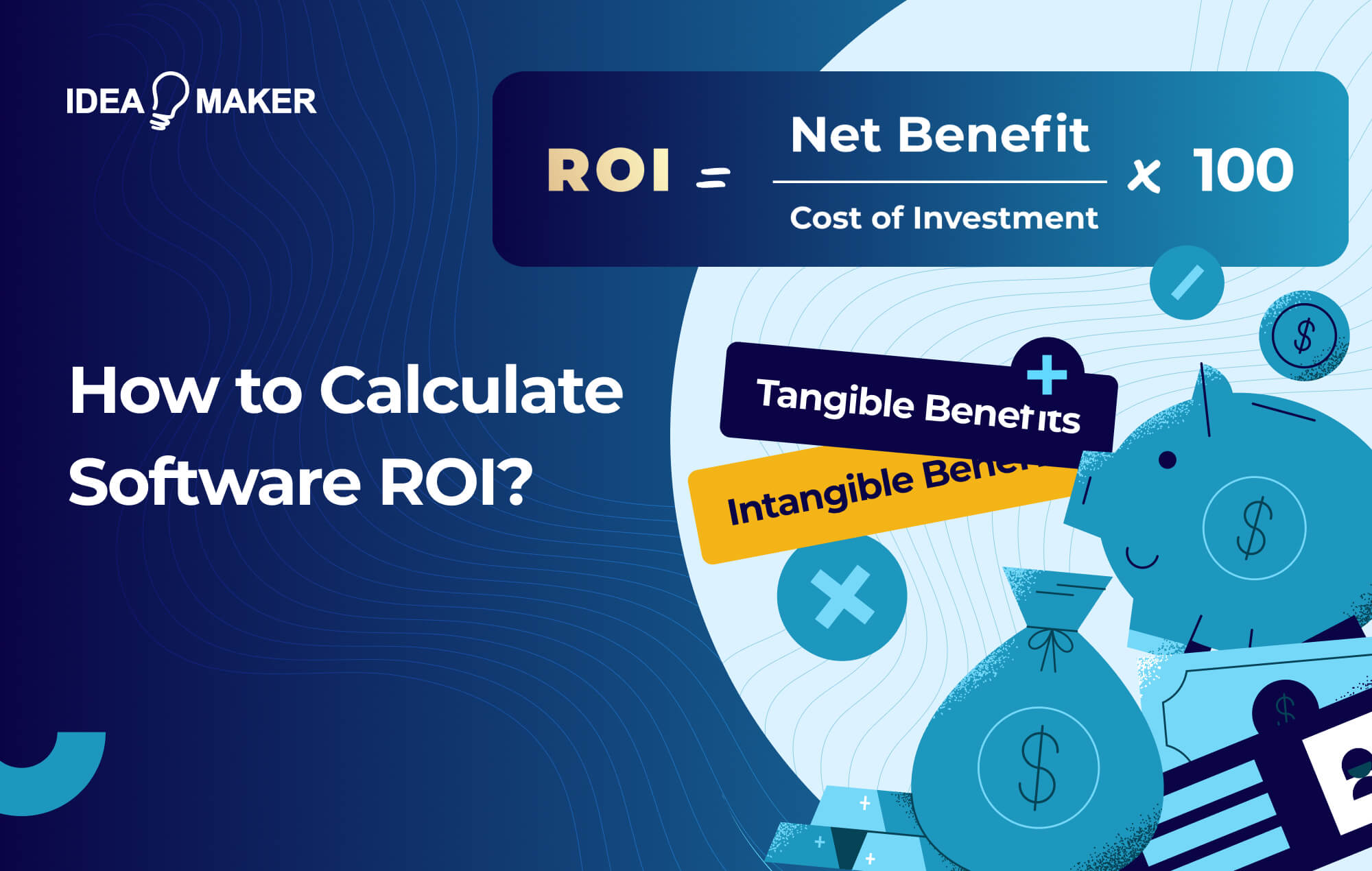
Idea Maker is an Orange County-based software development company specializing in building custom mobile apps, complex web applications, and AI solutions for clients across many industries. Established in 2016, Idea Maker has a proven track record with over 100 successfully delivered projects.